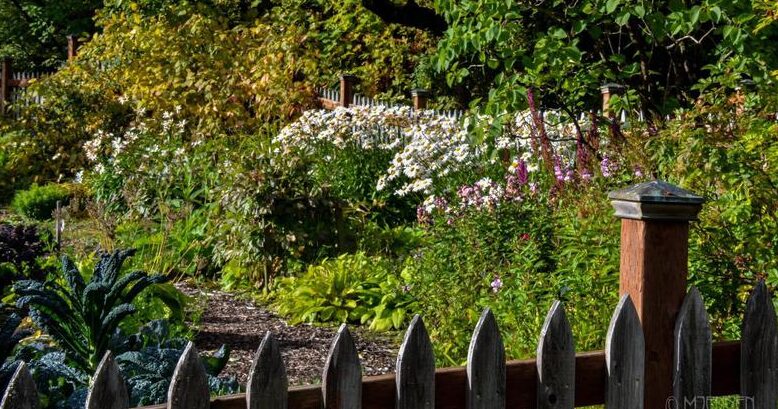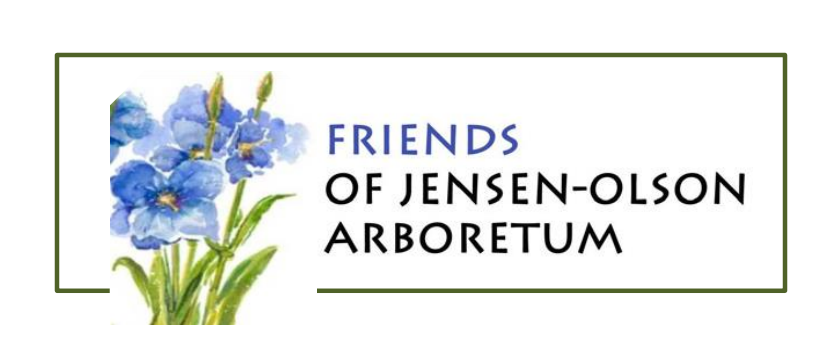- 23035 Glacier Hwy Juneau, Alaska | Winter Hours: October - March | Fri - Sun 9am - 4pm | Mon - Thur Closed
- Member Login
Contact
Open hours
Summer Hours (Mid-March through Mid-October)
Wednesday – Sunday: 9am – 5pm
Monday & Tuesday: Closed
Winter Hours (Mid-October through Mid-March)
Friday – Sunday: 9am – 4pm
Monday – Thursday: Closed
Driving directions
The Jensen-Olson Arboretum is located 23 miles north of Juneau on the Egan Highway, just past the Shrine of St. Therese.
Questions?
Check out our most asked questions below, and if you still need more information our Friends of Jensen-Olson Arboretum volunteer members will answer your questions as quickly as we are able!
Call 907-789-0139 or email us at friendsjoa@gmail.com
Frequently asked questions
Yes, the arboretum is open in the winter Friday through Sunday 9:00 am to 4:00 pm. Winter activities include budgeting, seed sowing, grant writing, plant orders, writing articles, planning events and presentations for other organizations.
Yes, during the hours the arboretum is open. Best to see it at low tide. There is a guide to intertidal animals available from a docent. Fishing is not allowed at this location.
The location of the arboretum is directly linked to its cultural history – the Peterson mine, the Olson love story, the Jensen relative . . . see the family tree.
Yes, the arboretum is open in the winter Friday through Sunday 9:00 am to 4:00 pm. Winter activities include budgeting, seed sowing, grant writing, plant orders, writing articles, planning events and presentations for other organizations.
The trail is about ¼ mile long with no elevation gains, but lots of roots and a few stairs. Unlike the garden area, dogs are welcome on the Point Caroline Trail and it is open even when the arboretum is closed.
Visitors can walk about 50 yards toward the water on a -4 ft tide day, soon after the floor drops to 40 feet, then hundreds of feet. Bathymetry maps show the depth in the middle of Lynn Canal, the section visible here is Favorite Channel, at about 1,500 feet.
Historically we’ve sold plants once a year at the Plant Sale on Mother’s Day weekend in the Safeway parking lot. Currently, plant sales are held at the arboretum on Primula Day, in May – visit the FJOA website for details.
We do offer a limited number of children’s programs over the course of the summer. Some events offered include: Family Beach Exploration Day in May, and the annual Bug Day session is always well attended. We have also offered adult photography and outdoor painting. Gardening workshops may be developed in the future under the current manager’s leadership.
Japanese Butterbur known as Fuki in Japan, the Old Apple Tree, and the Lingholm Himalayan blue poppy are some that intrigue visitors the most. Caroline’s Pink Poppies are a showy hybrid of Papaver somniferum that are not available anymore commercially. Their peony-form heads make a vibrant show in the veggie garden.
The arboretum has 2 sources of funding: a generous endowment gifted by Caroline Jensen with the property to the city, the remainder comes from CBJ general funds. The Friends of JOA provides additional support for projects and programs at the garden such as the Lovely Loo and the Word Garden.
The final quantity is unknown, but it was enough annually to mine continuously from 1904-1925.
We source Primula and Meconopsis (blue poppy) seed from around the world. We also purchase from local nurseries and a network of mail order growers as well as bringing plants to Juneau after traveling in the lower 48.
Caroline Jensen was the last of the homestead family to live in the house. Today it is owned by the City and Borough of Juneau. The city subsidies the rent as a requirement that the arboretum director live onsite. Being onsite greatly facilitates the director’s ability to meet the many responsibilities that come with managing the arboretum.
Caroline was proud that she had found a way to protect her apple and cherry trees from bears by wrapping the trunks in sheet metal. The cherry tree was chosen by the garden club perhaps as a tribute to Caroline’s fruit trees.
The tall slightly weeping older cherry near Caroline’s is an unknown variety, not the same. JOA may work on identification in the future but it will most likely require DNA testing.
DNA testing was performed on the old apple tree and it was found to be an unknown, undocumented variety. The apples are smallish and green to pale green.
The apple tree does not produce fruit every year for a variety of factors: the age of the tree–it is thought to be nearly 100 years old; flowers not setting due to extensive rain or cool weather; bloom time not in sequence with pollinators.
Some are survivors of the Petersen era, including Gracchus Iris shown on the cover of the arboretum field guide. The Old Apple Tree comes from the Olson era. Caroline Jensen added many of the perennials. The arboretum directors Merrill Jensen and now Ginger Hudson have chosen plants including many new varieties of Primula. Plants are selected that survive the Juneau environment and in general USDA hardiness zones 3-7.
Juneau offers an ideal climate for primrose cultivation – cool, overcast, constantly moist conditions.
No edible cherries are produced, they are small and most are eaten by birds and porcupines.
Almost all the veggie garden produce is donated to the AWARE shelter, the Southeast Alaska Food Bank, and The Glory Hall, local non-profits that provide food for those in need.
Only occasionally do deer spend time at the arboretum, and mostly just passing through. Deer have been observed eating Old Man’s Beard lichen and arborvitae. Bears are attracted to the berries of the European mountain ash trees, which we’ve been removing over the years.

